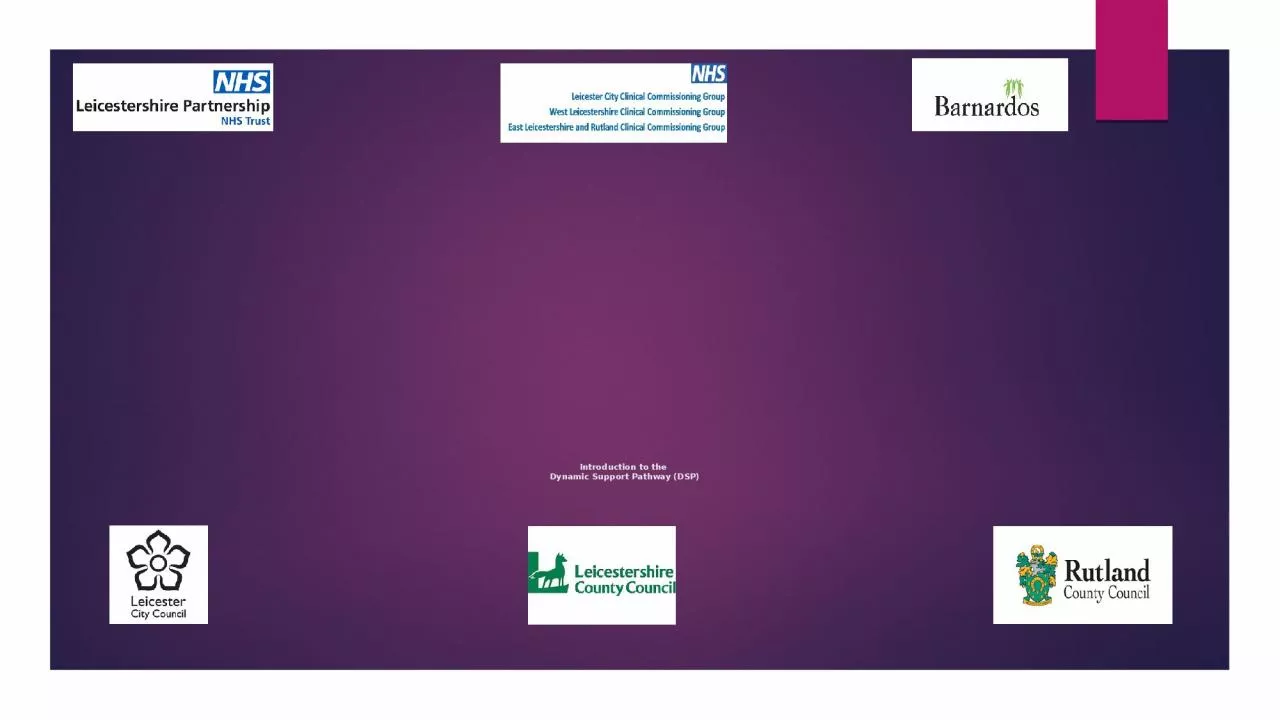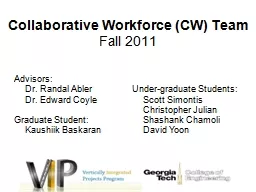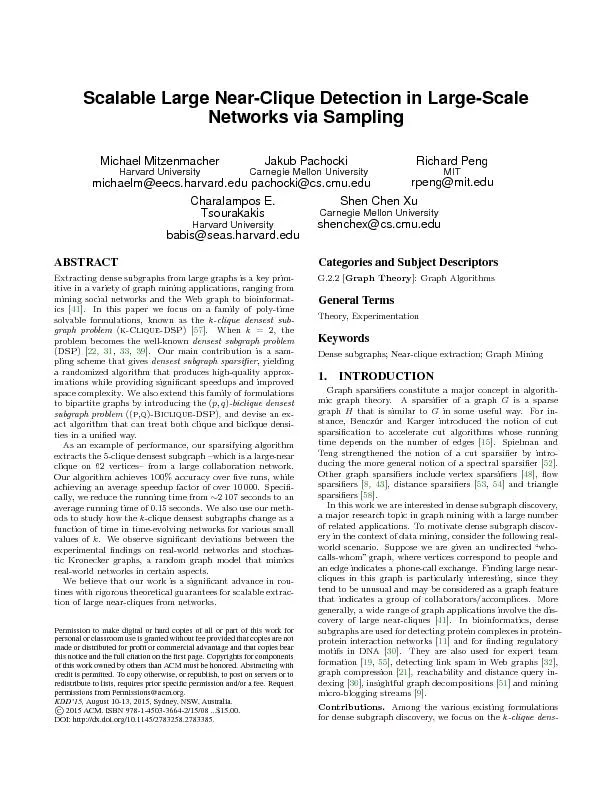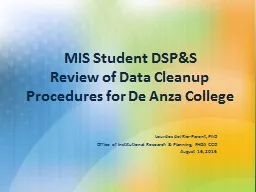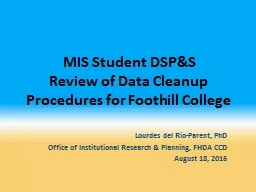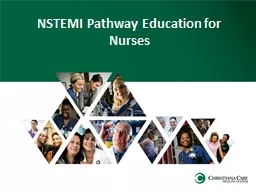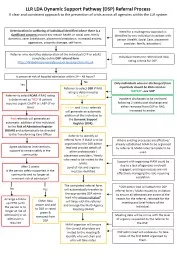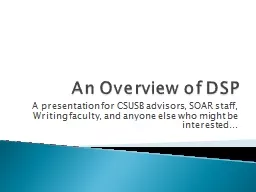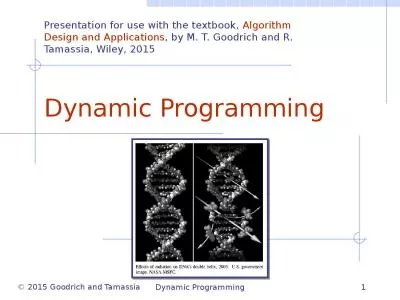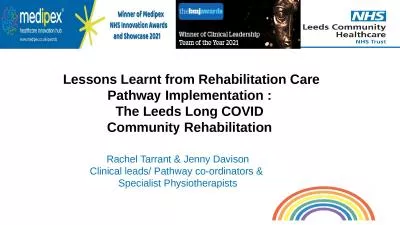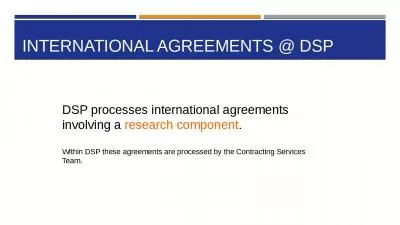PPT-Introduction to the Dynamic Support Pathway (DSP)
Author : amber | Published Date : 2023-11-05
Contents What is the DSP Aims Long Term Benefits CoProduction Referral Criteria Referral Process MultiAgency Meeting Process Multi Agency Meeting Notes Template
Presentation Embed Code
Download Presentation
Download Presentation The PPT/PDF document "Introduction to the Dynamic Support Pat..." is the property of its rightful owner. Permission is granted to download and print the materials on this website for personal, non-commercial use only, and to display it on your personal computer provided you do not modify the materials and that you retain all copyright notices contained in the materials. By downloading content from our website, you accept the terms of this agreement.
Introduction to the Dynamic Support Pathway (DSP): Transcript
Download Rules Of Document
"Introduction to the Dynamic Support Pathway (DSP)"The content belongs to its owner. You may download and print it for personal use, without modification, and keep all copyright notices. By downloading, you agree to these terms.
Related Documents

